
- Special News
25 rivers of Chalanbil are suffering from occupation, pollution and navigability crisis
- Special News
- 14 March, 2021 17:49:25
Chatmohar correspondent: Today is March 14. International Rivers Day. A rally was held in 1998 in Curitiba, Brazil, to commemorate the river. The conference, which was attended by representatives of people affected by the dam's adverse effects in various countries including Taiwan, Brazil, Chile, Argentina, Thailand, Russia, France, Switzerland, and the United States, decided to observe Rivers Day on March 14 every year to save the river.
At present, more than twenty-five organizations, including the Bangladesh Environmental Movement (BAPA) and the National River Protection Movement, have jointly organized civic rallies to raise awareness. Incidentally: As a result of the unplanned construction of dams, sluice gates, bridges, culverts, and occupation, 25 rivers in the Chalon-Bil area are suffering from a navigability crisis. The rivers of the Chalanbil area are drying up in Magh Falguni. The rivers of this area are suffering from the crisis of innovation as they have not been dug year after year.
As a result, irrigation work has been hampered and local fisheries resources are on the verge of extinction. This is having an impact on business and commerce. The river channel of the Chalanbil area has lost its eastern splendor and individuality. At the beginning of Magh, most of the rivers have dried up and the naval communication system of all the rivers has been closed. Although the cost of transporting goods by water is less, at present all the waterways in the area are closed and traders have to transport goods by land at a higher cost.
According to the book Itikatha by Chalanbil written by Principal Md. Abdul Hamid and talking to SM Mizanur Rahman, Member Secretary of Chalanbil Raksha Andolan Committee, the river Atrai, which originates from the hills of Jalpaiguri, came to Rajshahi and split into several branches. A branch of it becomes Koyrabari, Nandanali, and Atrai Upazilas of Naogaon districts, one mile below Atrai Ghat and divides into two parts called "Atari" and "Gur". The molasses river flows up to Singra in Natore.
On the other hand, the Atrai River flows through Ekanna Bigha, Jogendranagar, and Kalakandar and joins the Nanda Kujar, a tributary of the Baral River, at Chanchkair Bamboo Market in Gurudaspur Upazila of Natore District. Their combined current flows eastwards in the name of Gumani and then flows downstream in the Bausha area and divides into two parts. A part of Ashtamanisha has merged with Barale at a place called Sonahara in Faridpur Upazila. The other part of the Gumani river merges with the Baral river at Nurnagar.
In 18 AD, the river Atrai was cut off from the Teesta. From the north-western border of Jalpaiguri, Dinajpur, Rangpur, Bogra, Sirajganj, Raiganj, Nimgachhi, Tarash, Chatmohar, Handial, join the Gumani river near Ashtamanisha. An earthquake in 1304 killed several parts of the river. The Karatoya flows past the town of Bogra, passes through the Raiganj Upazila of Sirajganj, one kilometer east of the Baghabari Bridge, and joins the Hurasagar at Karatoya Baral Point.
From the lower part of Raiganj, it is also known as Phuljor or Bengali river. The river Baral, one of the main tributaries of the Padma, flows from Charghat in Rajshahi through Bagha in Rajshahi, Bagatipara in Natore, Chatramohar in Baraigram and joins Gumani in Nurnagar.
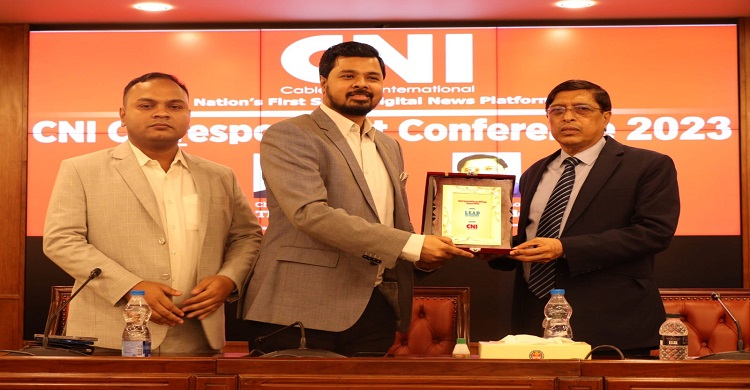
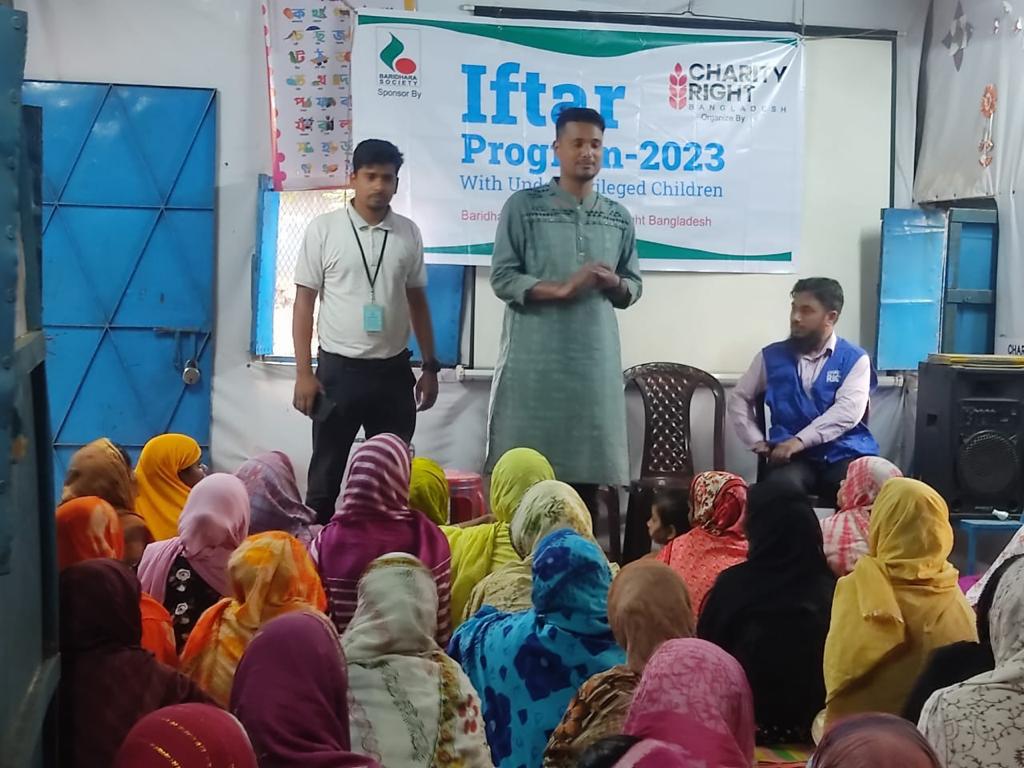
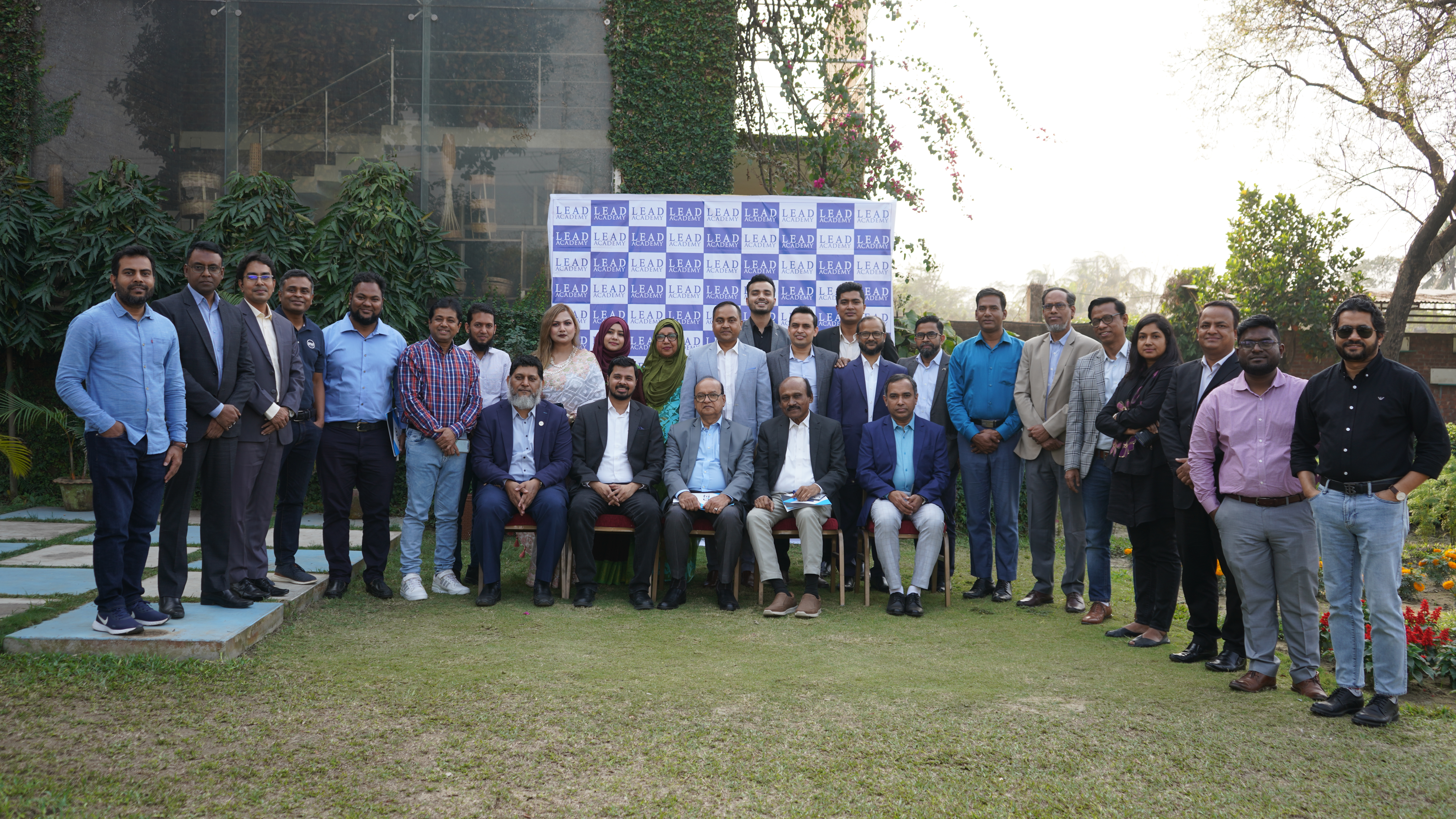
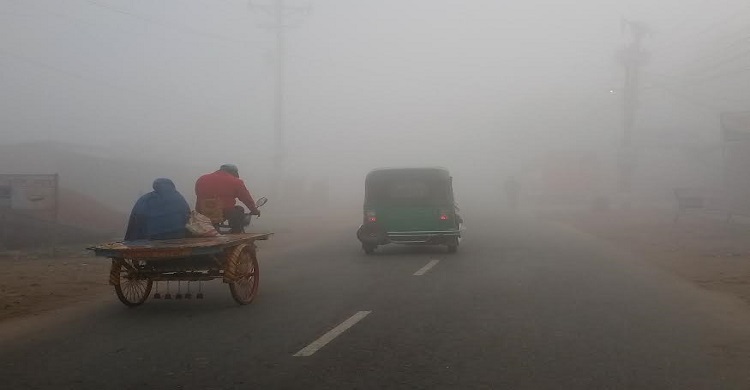

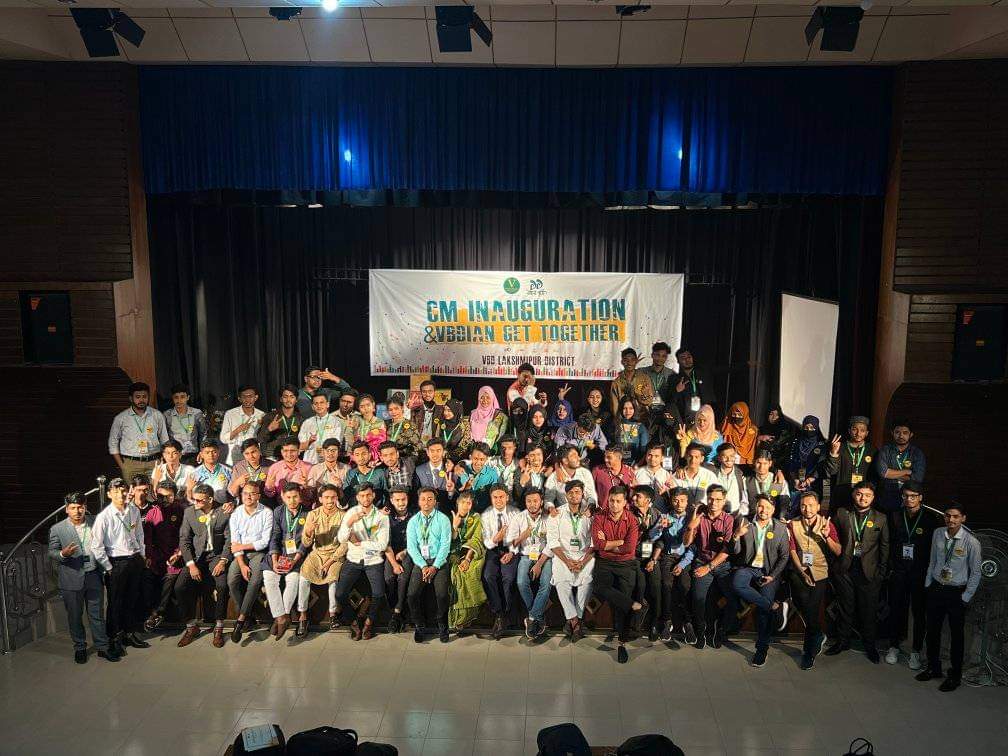

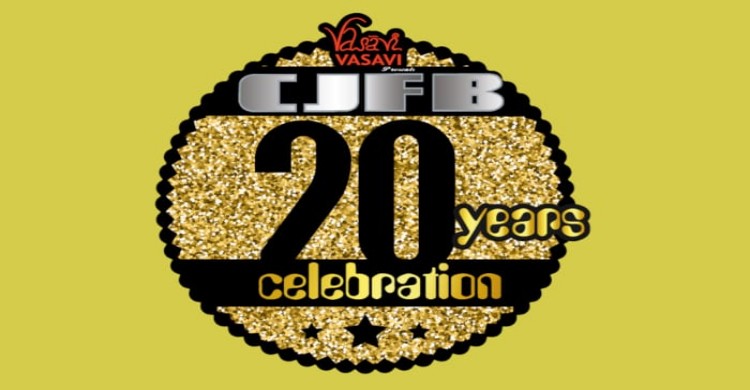
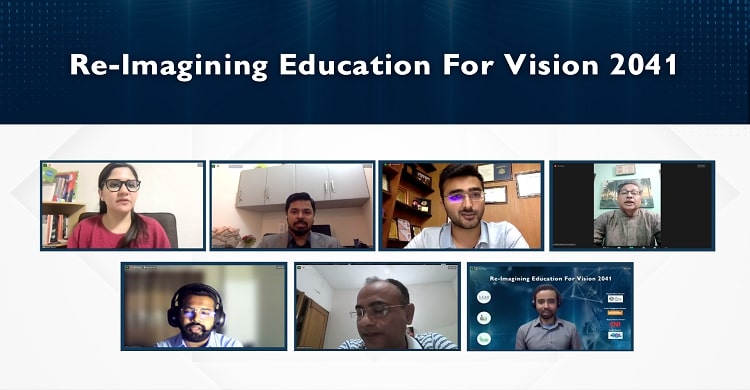


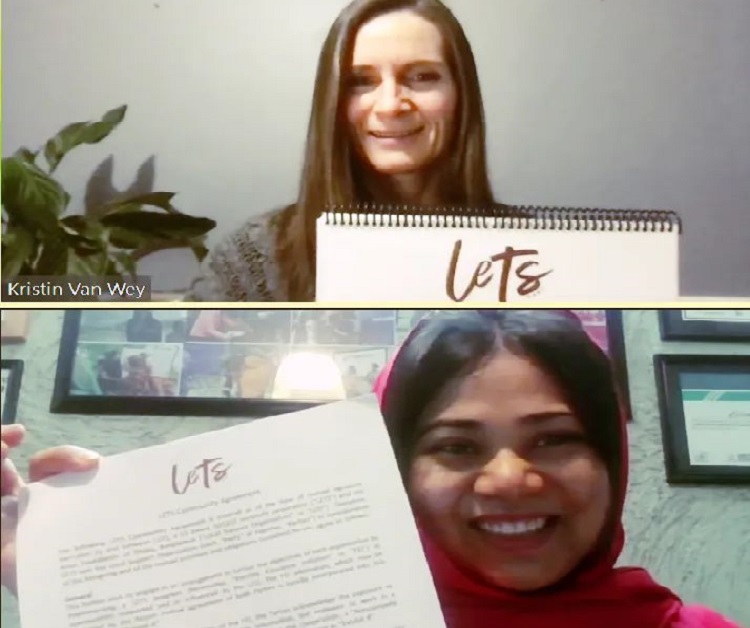




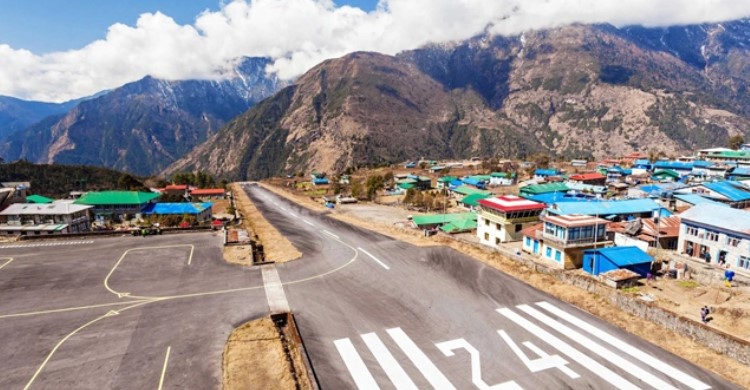



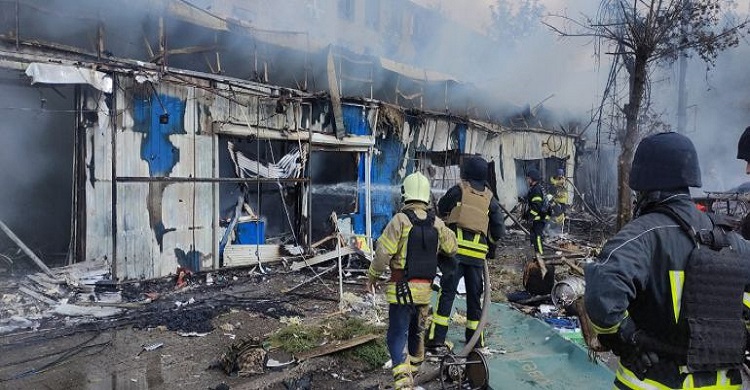
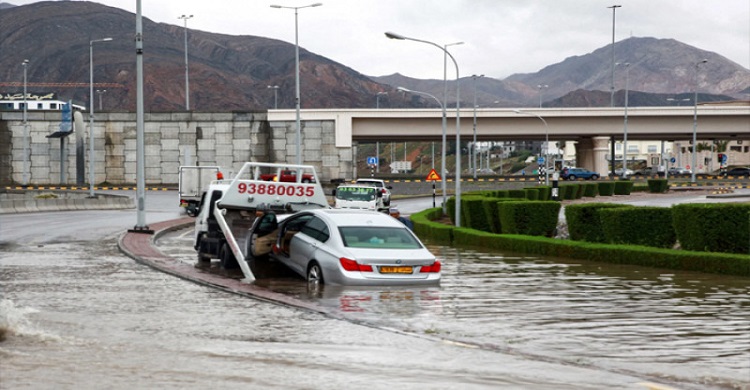

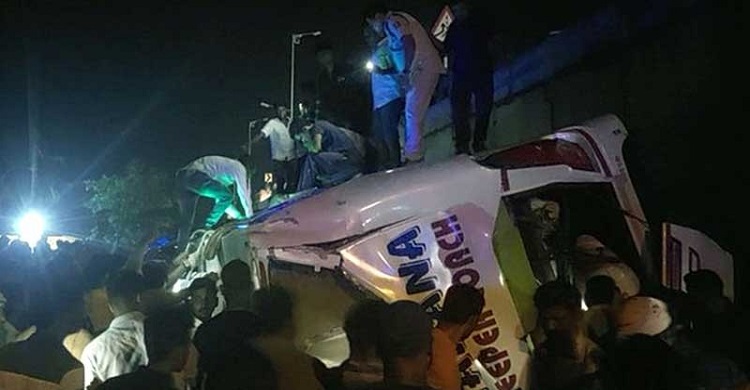




Comment ( 0)